Month two in Plumas! Andrea and I are really starting to get into the swing of things now. We’ve spent the majority of our time this month working on seed collection which has been very satisfying. After learning the ropes for the first couple weeks, we’ve grown more confident and competent out in the field on our own. Scouting is still the bulk of our work but many of our populations are now ready for harvest. This may go without saying, but when monitoring populations for future collection, we want to be 100% sure on our species ID. With some plants like Veratrum californicum or Elymus elymoides, correct identification only requires a quick glance. However, with some other genera and species we really have to get into the weeds – if you will – to lock down that latin binomial. One genus in particular that is a priority for collection and a challenge to ID has been haunting our dreams and sometimes nightmares for all of July.
The Lupinus genus or Lupines are fairly ubiquitous across the Sierras and much of the American West. They come in all shapes and sizes, most often with obvious palmate leaves and whorled, long inflorescences of white, lilac, purple, blue and sometimes yellow flowers. They grow well in open areas and are nitrogen fixers like many other genera in the Fabaceae family, making them a great candidate for restoration projects in burn scars. Their fruit are pea-looking pods that are seemingly easy to collect and they grow in thick patches all across Plumas National Forest. All this makes the perfect recipe for seed collection. However, there are so many different species and identification has proven to be quite tricky. In the Jepson, the list of lupine species in California takes up seven whole pages and in our local flora, the Oswald Guide, they take up four. A search on Calflora yields 39 different species and varieties in Plumas County. All this means that we had a lot of learning to do when it came to differentiating between all these lupines.
Starting with the basics, we learned relevant lupine morphology and the various terms that would be relevant for identification. The aspects of the flower that are typically of note are: how glabrous or ciliate the keel is, whether or not the keel is covered by the wings, the width of the banner petal, how pubescent the banner backing is, the prominence of the calyx spur, the color of the petal, the length of the corolla, and I’m sure several other features. For the rest of the plant, we learned its important to look at, the height, the growth habit, how woody the stem is, the length or presence of stipules, whether or not the leaves are adaxially or abaxially hairy, the pattern and openness of the inflorescence, and the habitat its found in. Even when we figure out all of these features – to the best of our ever improving ability – some species are still unclear. For example, only a couple millimeters of stipule length might separate the decision to call population Lupinus andersonii or Lupinus albicaulis – two species which the Jepson describes as “morphologically indistinct”. The presence of an almost invisible patch of hairs on the inside of the wing petals could be the only signifier between L. argenteus var. heteranthus and L. arbustus. Without a doubt, there was a strong learning curve. Several weeks of non-stop lupine action did wonders for our identification skills. We went from a half an hour of keying only yielding more questions to fairly confident species IDs in a matter of minutes. The trick seemed to be constant exposure to different species and that repetition of the ID process. At this point, it feels like we have many of the Lupine key breaks memorized.
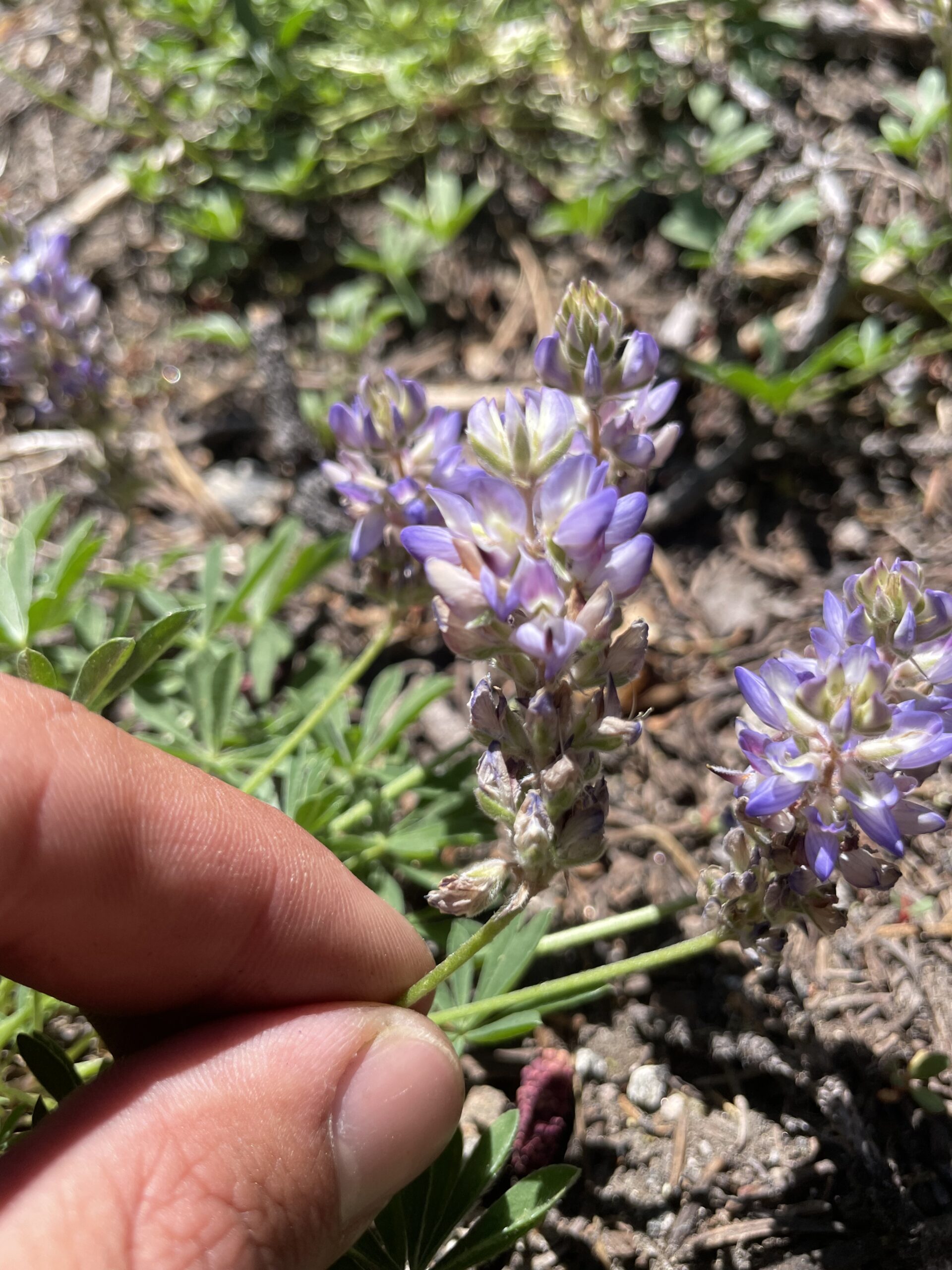
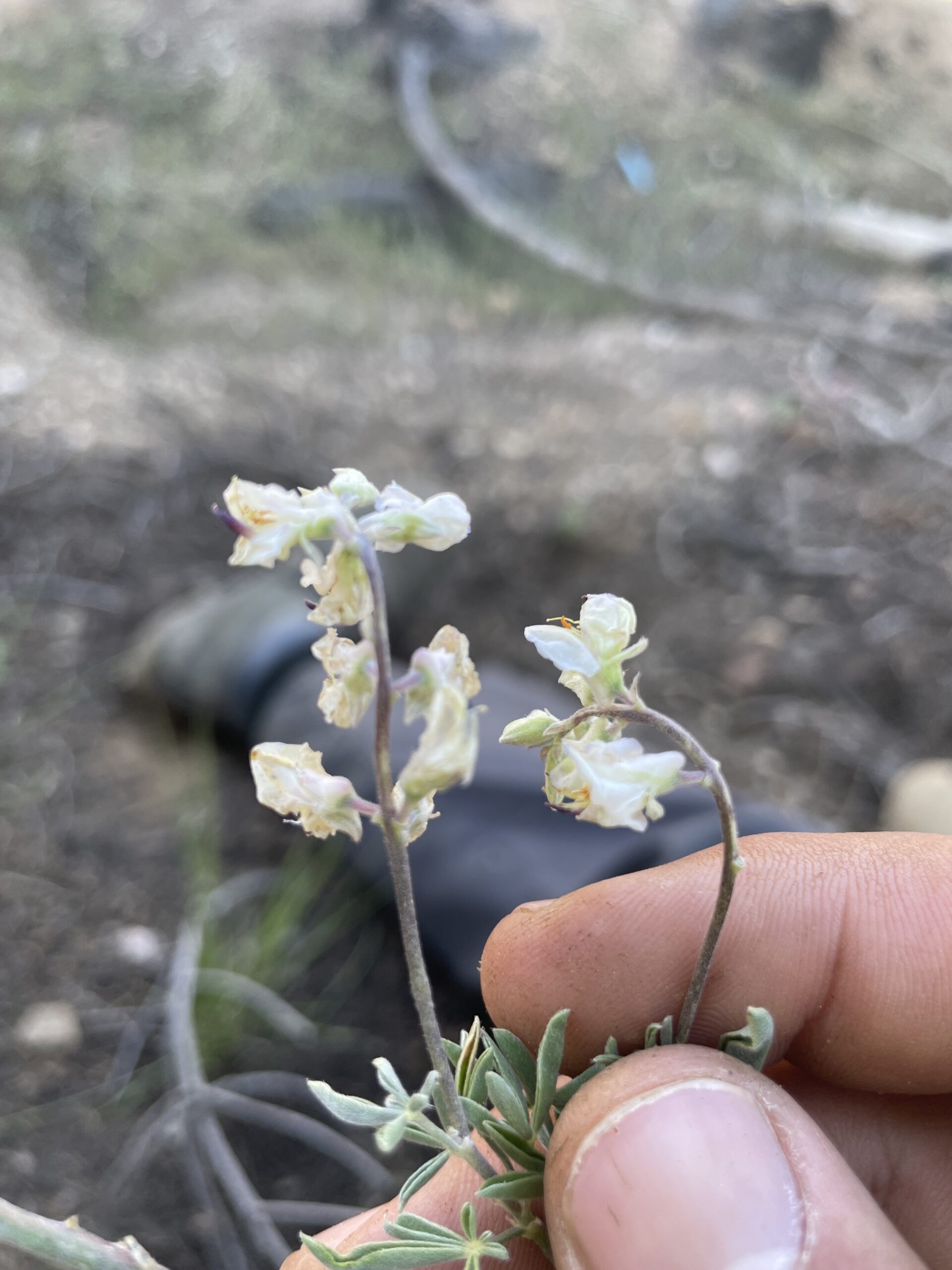
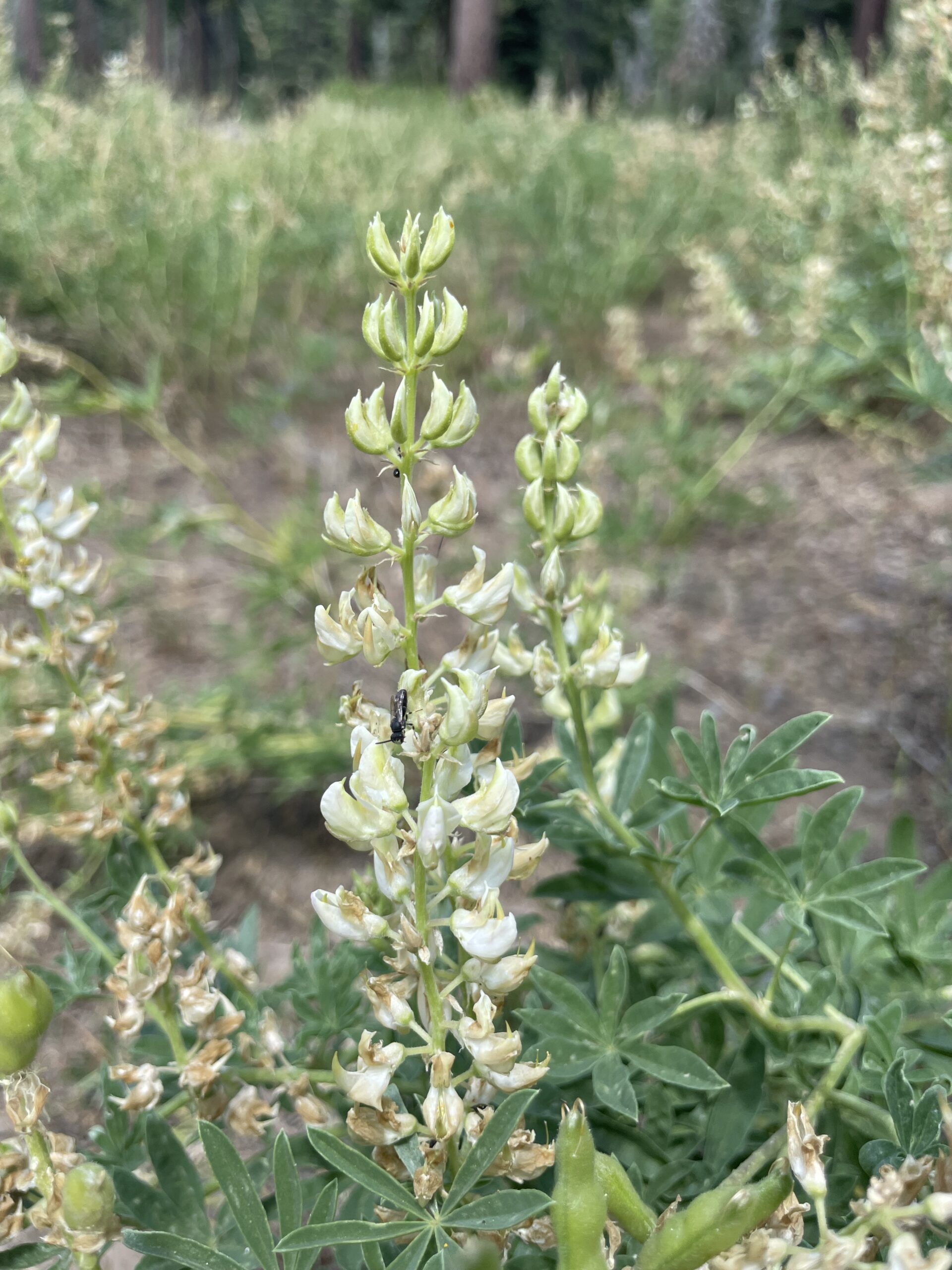
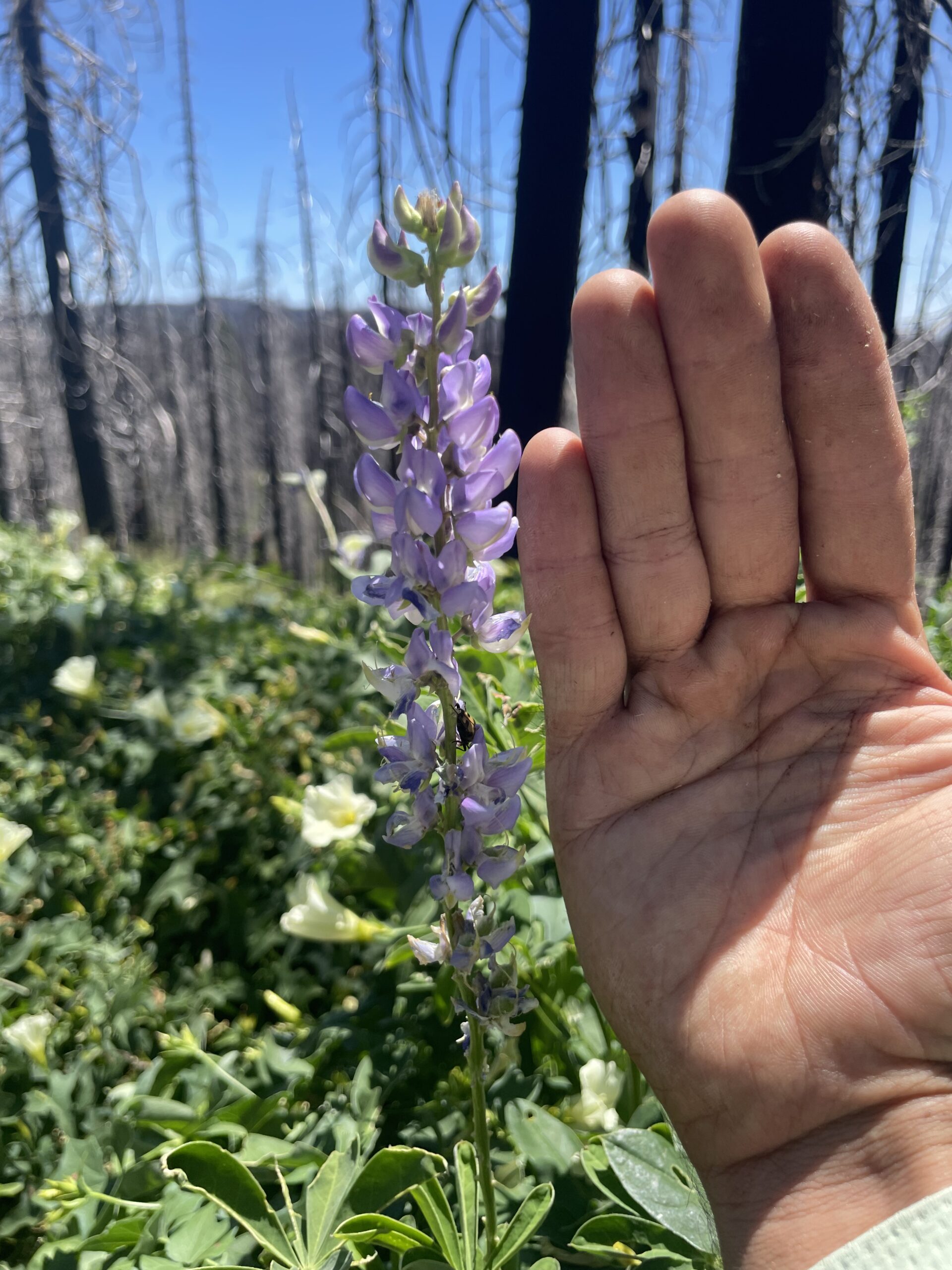
Unfortunately the satisfaction of gaining a new skill came with other unforeseen complications. Correct ID often meant that we could start collecting as soon as the seeds were ready. Throughout July, we watched as flowers shriveled and green pods emerged. The pods slowly turned brown and were ready for harvest. After putting so much work into these populations, we were very excited to finally do some collections. The first lupine collection for the year was a population of Lupinus latifolius var. columbianus that was growing along a remote mountain road. The pods were hard and brown, ready to pop. I cracked open the first pod looking forward to seeing those little pea-like seeds and was greeted with a large grub. Cracked another one, another squirming grub. The day went on and the pattern stayed pretty consistent – it felt like 80-90% of the pods had some fly larvae inside which had already consumed many of the seeds. Lupine tribulations just seemed endless. Fortunately, after collecting a few more populations of different species in a variety of habitats, we learned that not all lupines are that infected. I’ve come to accept that worms are simply a part of the lupine collection process and so many have popped out of pods into my face that I don’t even mind them anymore, maybe they are kind of cute.
Long story short, lupines are hard and will most likely remain hard but it was a satisfying challenge to throw ourselves at. Check out some other highlights from the month:
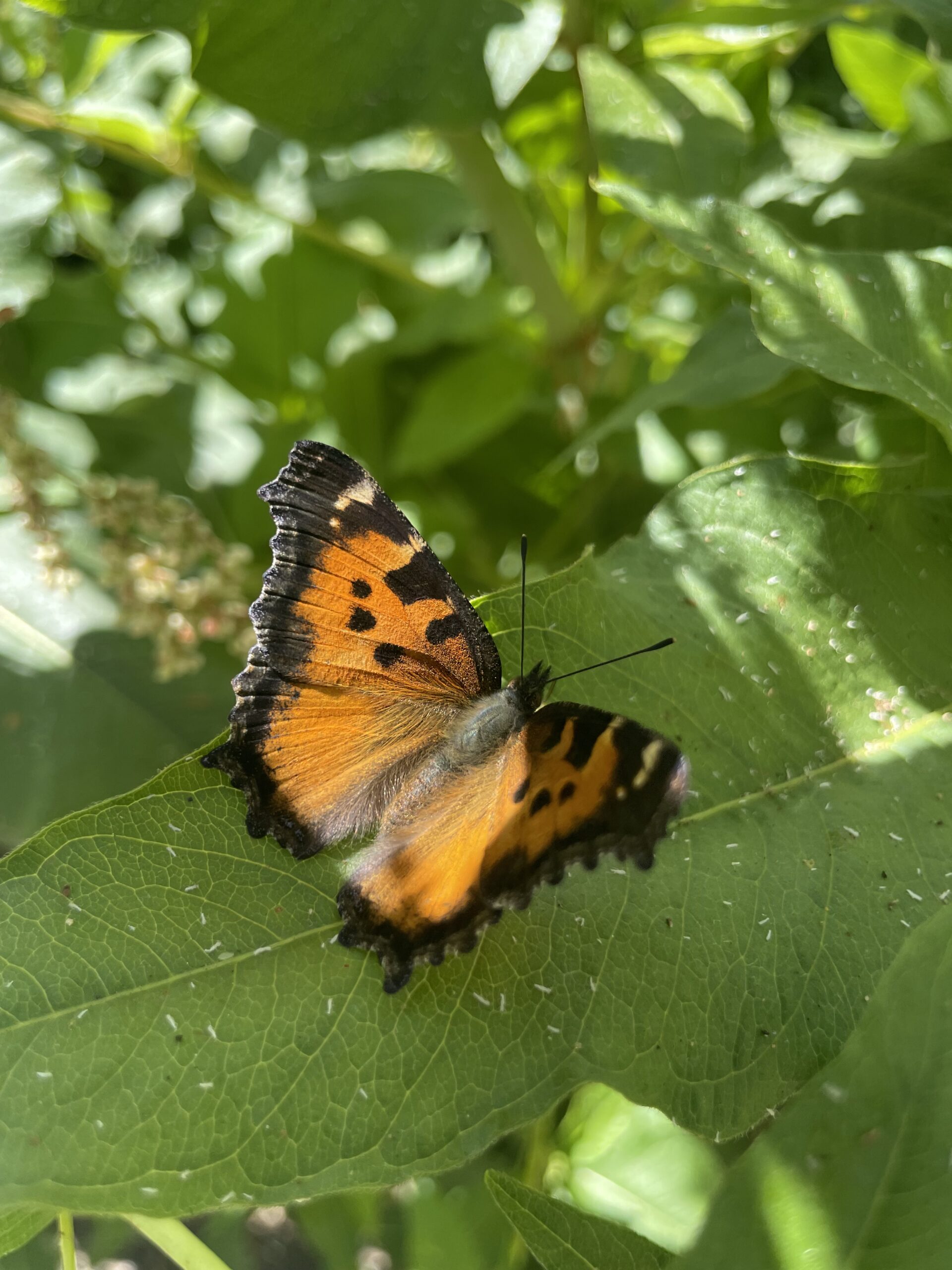
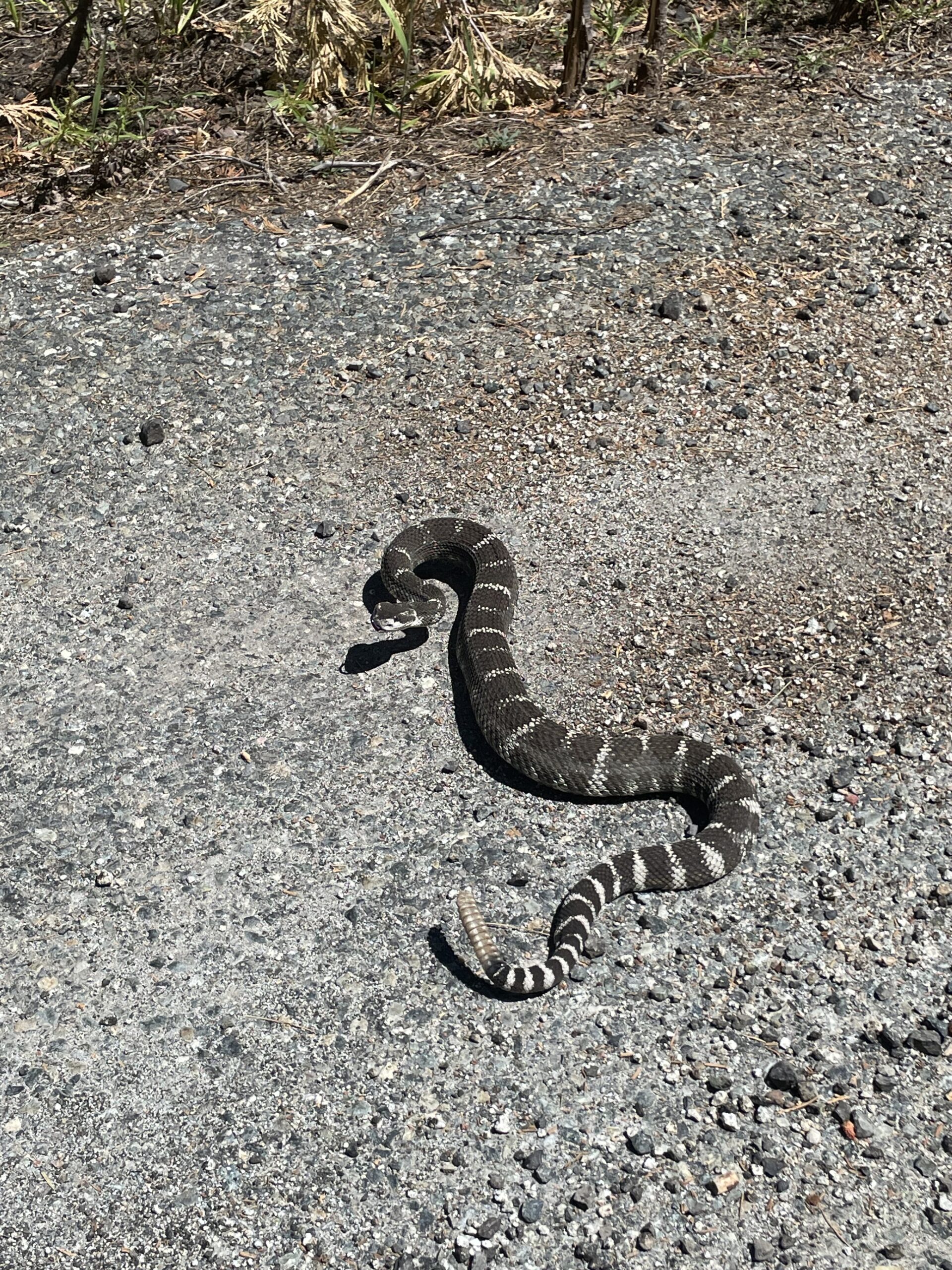
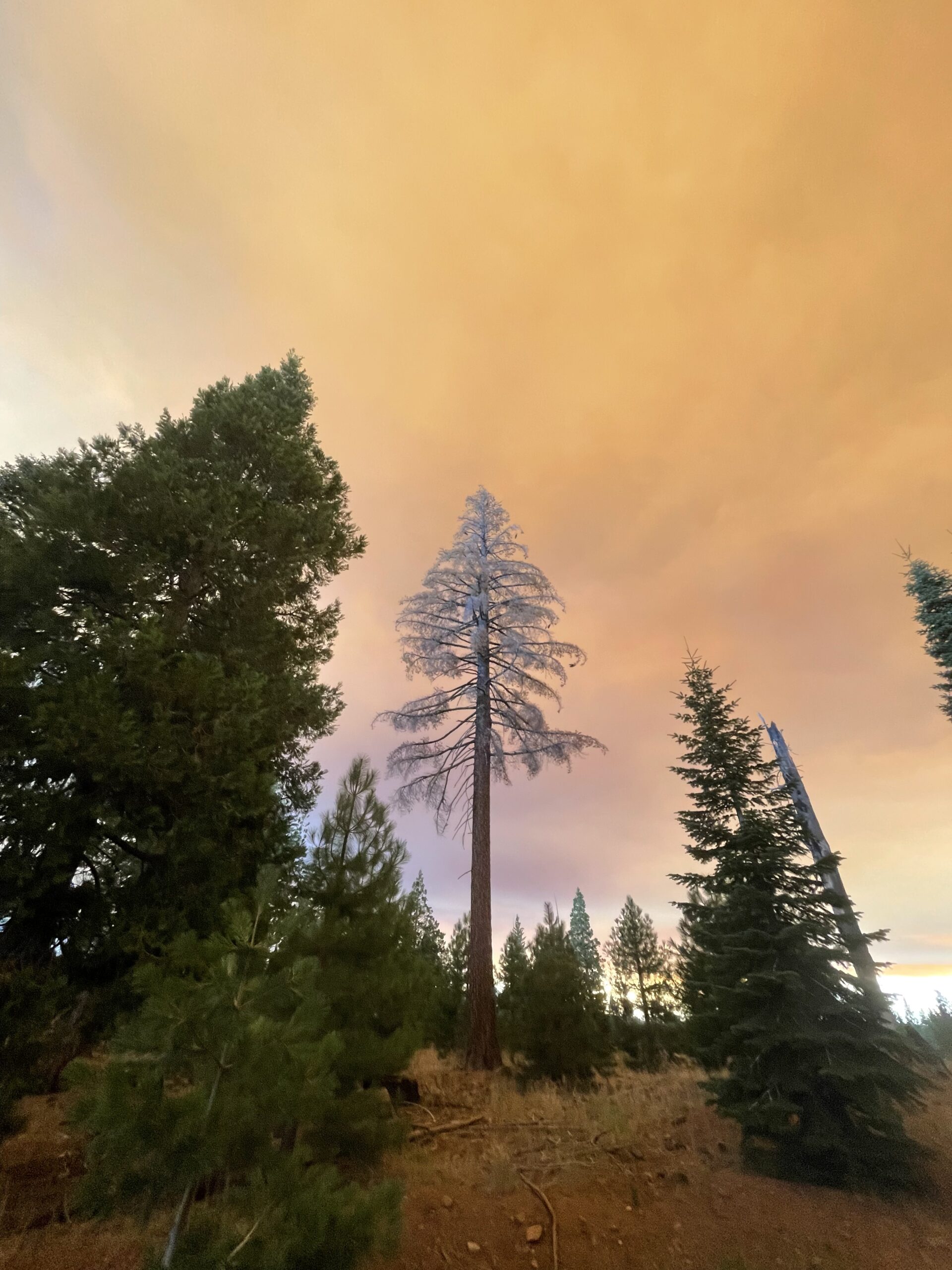
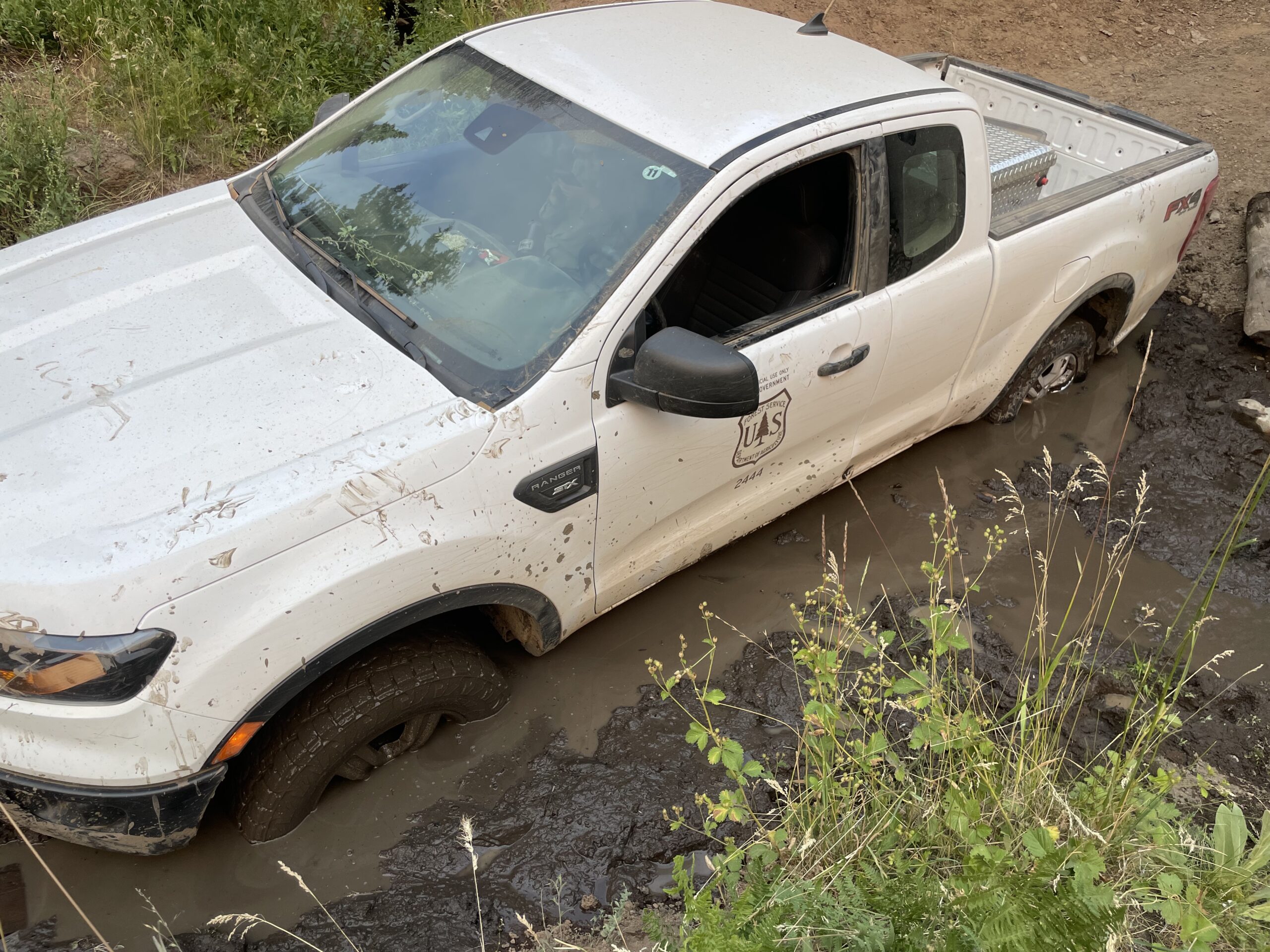
Stay tuned for August updates!
— Sam
